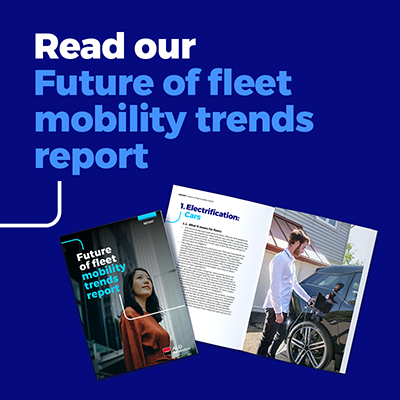International policy

As COP26 (the global climate conference in Glasgow) demonstrated in 2021, there is an international effort underway to mitigate the effects of climate change. These effects are undeniable and, in many cases, terrible. As the Sixth Assessment Report of the Intergovernmental Panel on Climate Change (IPCC) put it:
“It is unequivocal that human influence has warmed the atmosphere, ocean and land. Widespread and rapid changes in the atmosphere, ocean, cryosphere and biosphere have occurred.”
Fossil-fuelled vehicles have been a major part of this problem. Even though emissions reduced when the world introduced COVID-19 restrictions, transport in general still accounts for just over a fifth1 of all global carbon dioxide (CO2) emissions – and road transport accounts for three quarters of that. In fact, in the UK, transport has decarbonised at a slower rate than all other sectors over the past few decades, and is now the highest emitting sector. So cleaning up our vehicles is an essential part of the fight against climate change.
This was reflected at COP26 by a day devoted to transport, with one of the biggest outcomes being a declaration on “accelerating the transition to 100% zero emission cars and vans,” which included the commitment to “work towards all sales of new cars and vans being zero emission… globally by 2040 and by no later than 2035 in leading markets”. It was signed by various countries, cities, organisations, and vehicle manufacturers such as Ford and Mercedes-Benz.
Although this declaration is not legally binding, it is still a significant landmark. There is now a broad, international movement to phase out fossil-fuelled vehicles over the next decade.
UK national policy
Successive British Governments have introduced numerous measures to encourage the uptake of EVs. These have included grants to reduce the cost of both the vehicles and the charge points required to power them; reforms to the systems of Vehicle Excise Duty (VED) and Company Car Tax (CCT) to include new, lower bands for zero-emission vehicles; and, of course, the 2035 (previously 2030) ban on petrol and diesel cars and vans.

One of the most significant national policies in the years ahead will be the expansion of the public charging network. This has already progressed at great pace in recent years:

The Conservative Government has also pledged to invest money so that “everyone is within 30 miles of a rapid electric vehicle charging station”.
However, the most significant policy may well be the expansion of Clean Air Zones (CAZs). These are areas where special action is taken to limit pollution from road traffic. Some are charging CAZs, which impose fees on dirtier vehicles. Some are non-charging CAZs, which rely on other measures, such as improved road layouts or cycle lanes.

With the introduction of its Ultra-Low Emission Zone (ULEZ) in 2019, which has since been enlarged, London has effectively been operating a charging CAZ for years. But other cities, including Bath, Birmingham and Portsmouth, have since introduced CAZs of their own – with many more set to follow in the years ahead.
In fact, CAZs could even get stricter in future. Oxford City Council is currently piloting a Zero Emission Zone (ZEZ) and aims to fully implement one across the city centre within the next couple of years. A ZEZ imposes fees on all petrol and diesel vehicles travelling through it, with only zero-emission vehicles spared. If other CAZs turn into ZEZs in future, then all fossil-fuelled vehicles could end up facing charges.
EVs are, of course, one of the best ways of futureproofing yourself against these changes.